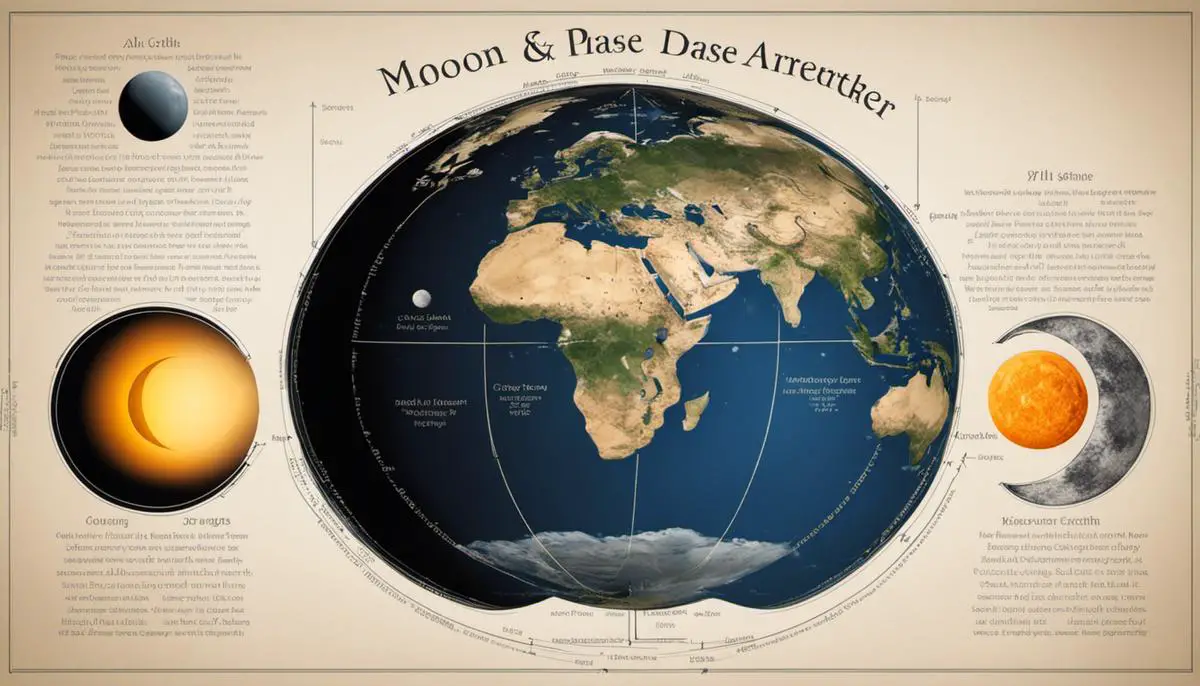Our celestial neighbor, the Moon, with its changing faces, has remained a captivating object of observation, ushering in an intense curiosity among humans worldwide. This essay delves into the enchanting world of lunar phases with specific reference to the waning moon phase of November 2023. Among the Moon’s cycles, the waning stage holds untold mysteries and intricate correlations that influence our life. This journey from understanding the moon phases, appreciating the scientific and cultural significance of the waning moon, examining notable astronomical events set to occur during November 2023, and learning about pragmatic techniques to observe the waning moon aims will help us appreciate the wonder that is this celestial body more profoundly.
Understanding Moon Phases
Moon phases. They’re a captivating celestial phenomenon, evoking a sense of amazement among observers since time immemorial. But what are they, precisely? How does the sight of the silvery monolith transitioning from a perfectly round disk to an obscure crescent occur? This article aims to shed light on these questions, focusing primarily on the intriguing, yet often misunderstood, waning phase.
Moon phases represent the changes in the Moon’s appearance as seen from Earth. This phenomenon occurs because of the relative positions of the sun, moon, and earth. There are eight primary phases of the moon: the new moon, waxing crescent, first quarter, waxing gibbous, full moon, waning gibbous, third quarter, and waning crescent. The cycle begins afresh with the new moon phase. However, our principal concern here is the subsequent shift from a full moon to a seeming disappearance, a process termed as the waning phase.
The waning phase initiates right after the full moon. At this point, the moon appears to diminish in size nightly, turning into a waning gibbous, then a last quarter moon, followed by a waning crescent before finally becoming a new moon, rendering the entire process a mesmerizing astral ballet.
So, what results in the waning phase? The central factor in this celestial phenomenon is a geometric dynamic, contingent on the relative positioning of the sun, earth, and moon.
The moon orbits the earth approximately every 27.3 days in an easterly direction. On this course, at the full moon phase, the moon is roughly on the opposite side of the Earth from the sun, allowing full illumination. As the cycle progresses, the moon starts its journey towards the sun’s position. The proportion of the side of the moon reprising sunlight, and hence visible from earth, starts to decrease as the angle between the sun and the moon decreases. This transition leads to the waning appearance.
As the moon continues to orbit, and wane, the sun’s light increasingly illuminates the moon’s far side – which Earth dwellers cannot see. This process of sequential reduction in the illuminated portion of the moon is the waning phase, distinguished by the waning gibbous, third quarter, and the waning crescent.
In essence, the waning phase is a visual enactment of the moon’s continuous orbit around our home planet, viewed as an interplay of celestial bodies and sunlight.
The understanding of lunar phases, particularly the waning phase, goes beyond simply appreciating a celestial spectacle. It enhances our grasp on the fundamental movements at play in the universe, a vital facet of astrophysics and celestial mechanics. With increased knowledge comes deepened insights, setting the stage for an even greater appreciation of the ever-enthusing cosmic theatre. Knowledge of these lunar phases is a profound reminder of the perennial rhythm, harmony, and mystery of the universe that stretches beyond the earth’s confines, embodying the essence of humans’ unceasing quest for exploring and comprehending the cosmos.
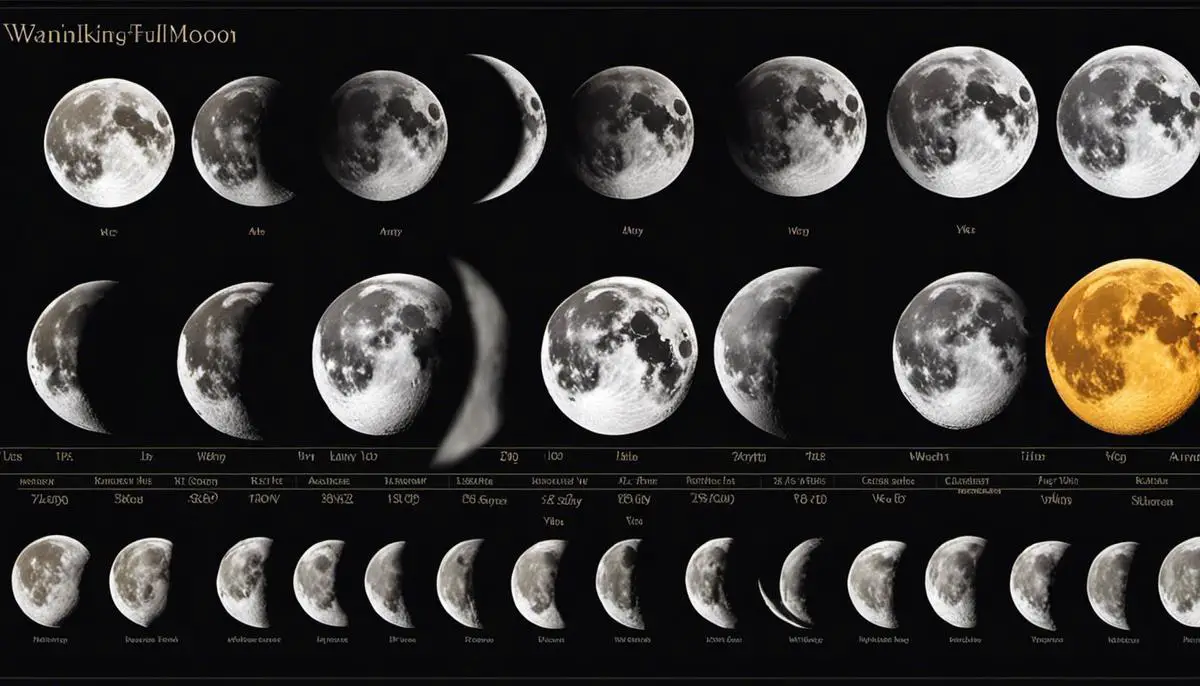
Astronomical and Cultural Significance of the Waning Moon
The waning moon, in its steady diminution of light, is not merely an intriguing astronomical spectacle but also holds deep-rooted cultural significance across various societies. This process of waxing and waning, a natural illustration of the cosmological reality, has been a point of intrigue prompting myriad interpretations, metaphoric representations, and ingrained into socio-cultural constructs.
From an astronomical perspective, the waning moon is a tangible showcase of one of nature’s finest displays of celestial mechanics. It provides an extraordinary window into lunar geography, revealing the assorted terrains and facets of the moon’s surface. As the crescent recedes, the moon’s features, like craters, valleyst, plains, mountains, and highlands, wax prominent in the terminator – the moving boundary between sunlight and shadow. This detailed observation of the moon’s topography lends to scientific exploration, offering clues on lunar meteor impacts, geologic processes, as well as the moon’s seismic activity, modifying our comprehension of Earth’s only natural satellite.
Besides direct observable characteristics, the waning moon and its intricate play with Earth’s shadow and reflection of sunlight offer valuable data for refining astronomical prediction models. This is especially relevant in the case of eclipses, tidal analyses, and satellite navigations. Hence, the motion and angular relationship during the waning phase aid in this constructive scientific practice, bolstering our space technology capabilities.
Culturally, the waning moon’s cycle extends an elemental and profound connection to many societies across the globe, whose interpretations and rituals often underscore the undercurrent of life’s constant cycle of growth and decline. For instance, various Native American tribes consider the waning moon as a period to purge negative energies or old habits, symbolizing release and clarity. Its dwindling visibility is seen in tandem with the concept of introspection, grounding, and wisdom.
Similar metaphoric associations are visible in ancient farming calendars, where the lunar phases were meticulously employed to time different agricultural activities. Predominantly, the waning moon was viewed as favorable for harvesting crops, tapping trees, pruning, and pest control, imbuing a practical application to the lunar cycle.
In Hindu culture, the waning moon (Krishna Paksha) is treated with equal reverence to the waxing phase. Several auspicious festivals like Maha Shivaratri and Dussehra occur in this phase, believed to foster spiritual growth and self-realization.
Intersecting astronomy and culture, the waning moon, therefore, emerges as a remarkable cross-cultural symbol interlacing science with society. Its rhythm ensnares the essence of life and the universe in a profound ballet of light and shadow. Its ebb, viewed through the scientific lens or the cultural prism, unfolds enlightening narratives of cosmic realities and human interpretations, inextricably bonding us with our eternal cosmic amphitheater. Thus, understanding and celebrating the waning moon transcend being a mere astronomical observation – it is exploring and acknowledging our intertwined existence within the grand cosmic design.
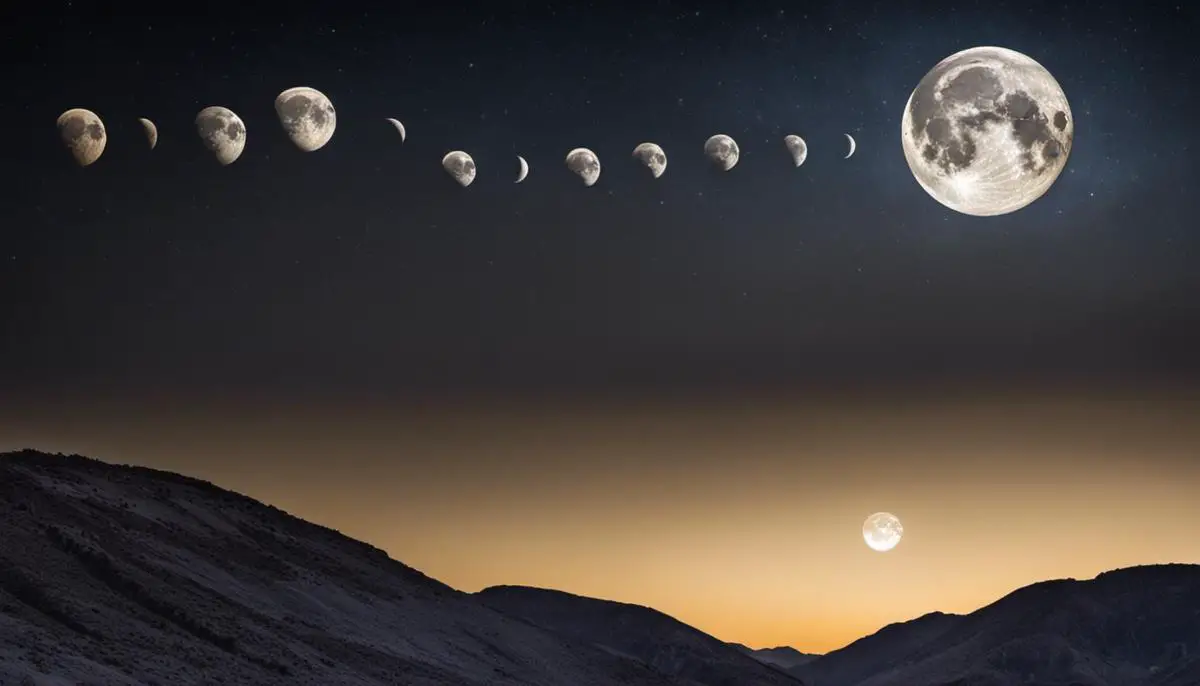
Notable Astronomical Events During the November 2023 Waning Moon
Continuing to explore the subject of the waning moon, November 2023 promises an intriguing blend of astronomical events interlinked with this particular lunar phase.
November’s waning lunar cycle is set to coincide with two pivotal celestial occurrences – the Leonids meteor shower and the remarkable spectacle of lunar occultation involving planet Mars. Observatories and astrophysicists worldwide will be keenly following these two phenomena as they provide both a celestial spectacle and significant data for further refining models of celestial mechanics.
The zenith of the Leonids meteor shower, peaking around the 17th of November, will coincide with the late waning gibbous and early third quarter phases of November’s moon. Considering the diminished moonlight from the waning moon doesn’t brighten the night sky as dramatically, there is an enhanced opportunity for a better viewing of these celestial fireballs. Leonids are famous for their speedy and bright meteors, often leaving a trail in the dark canvas of the sky. It is indeed an event that will capture the attention of astronomers, both seasoned and amateur.
The waning crescent phase, during the last week of November, is set to provide the backdrop for another significant celestial event, the phenomenon of lunar occultation. The occultation will involve planet Mars, a rare and eagerly anticipated spectacle. Lunar occultations occur when the moon passes between the Earth and a star or a planet, obscuring it from view. In this case, the waning crescent’s thin sliver would temporarily engulf Mars, offering an exciting event for all those directing their telescopes skyward.
The importance of such occurrences cannot be underestimated in strengthening our knowledge about the movements of celestial bodies and developing the mathematical models used for astronomical predictions. There’s something invigorating about each revelation that comes from our measured observations, further establishing the depth of human curiosity against the vast expanse of the cosmos.
The waning moon of November 2023 thus serves as a celestial stage for these remarkable events and provides opportunities for numerous insights. Additionally, cultural significance is equally impactful as societies around the globe celebrate their unique lunar traditions. From fashioning festivals around the waning moon in Hindu culture, where it represents the dwindling of evil, to the quiet contemplation under a waning moon in many farming societies, reflecting on the ebbing-away of a season, it’s evident that the cultural significance of our natural satellite’s phases goes hand-in-hand with its astronomical role.
In conclusion, the waning moon period is an integral part of the month, and November 2023 showcases this in particularly illuminating ways. It’s a testament to our rich, ongoing relationship with this celestial being that’s so familiar, and yet forever intriguing. In observing the moon’s apparent dwindling, we partake in a grand cosmic dance, one that underscores our existence in this vast cosmic design, poking at our shared sense of wonder and fascination for the universe.
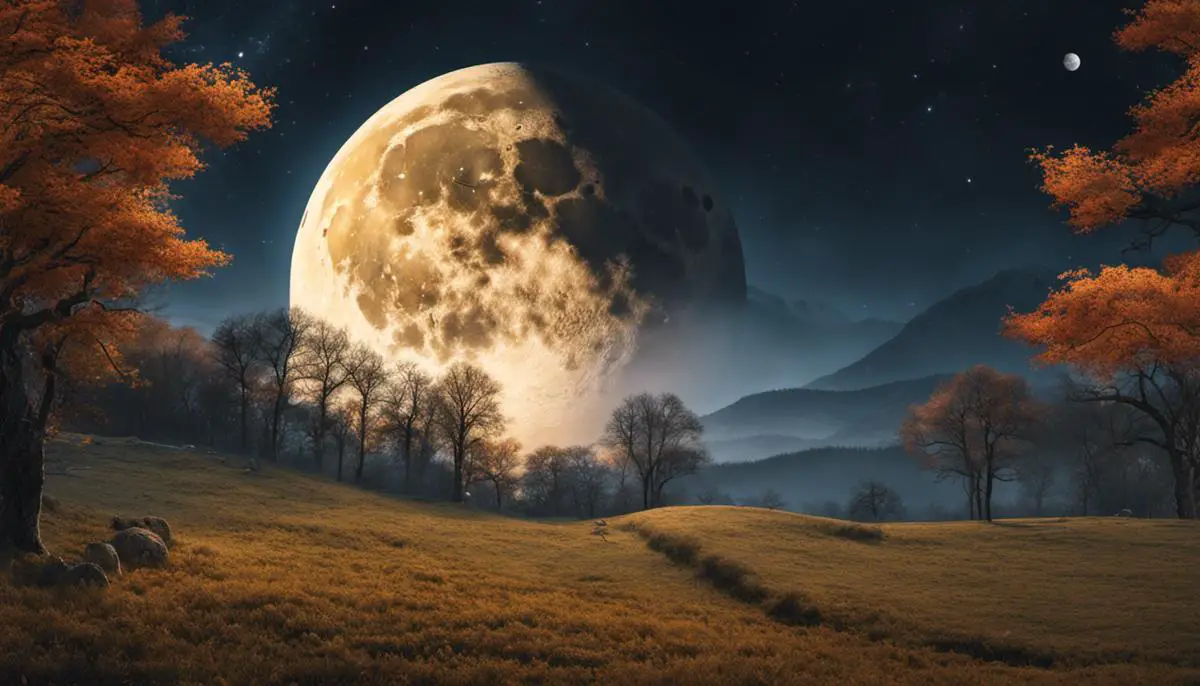
Observing the Waning Moon: Tools and Techniques
Given the preceding discourse on the waning moon, let us pivot toward the practical endeavor of observing these celestial dramas unfold for ourselves. Here we venture: how might one best glimpse November 2023’s waning moon? Thankfully, modern advancements in technology have provided us with a variety of tools, instruments that can enhance our capacity to observe this stellar spectacle.
For the casual observer, binoculars present an excellent starting point. Robust, portable, and easy to use, binoculars offer a superior field of view and are sufficient to discern the waning moon’s progressively diminishing illumination. Specifically, the favorable binoculars for moon observation are those with magnifications of 7x to 10x. These magnification sizes, while maintaining relatively wide fields of view, appropriately enhance the Moon’s surface for naked-eye observation.
However, for those seeking glimpses at greater detail, a telescope is recommended. In view of the waning moon’s decreased brightness, a telescope with a larger aperture would ensure a clear and detailed view. Importantly, a device equipped with a moon filter will optimize this clarity by mitigating the glare caused by sunlit lunar topography. A moderately powered eyepiece, with magnifications of 20x to 50x, should suffice for detailed inspection of the lunar surface.
To further the observational experience, certain accessories are worth consideration. A smartphone adapter, for example, enables astrophotography directly through the ocular lens, creating tangible records of each observation, and aiding in the tracking and understanding of lunar phases.
In tandem with these tools, adopting proper techniques is of utmost importance. Patience and gradual adaptation to the dark are essential etiquette. Utilizing red flashlight aids in preventing eyes from readapting to light, maintaining your night vision. To further enhance the visibility, observe the moon against a dark sky, preferably far from city lights and atmospheric pollution.
Furthermore, two astronomical events coincide with the November 2023 waning moon which bear witness. Firstly, the Leonids meteor shower, promising a spectacular visual extravaganza, will be at its peak. We will also witness an exceptional lunar occultation involving Mars, an event where the moon passes between Earth and Mars, temporarily concealing the planet.
While opportunities to observe such celestial magnificence are plentiful, these moments in November 2023 are particularly curated by cosmic choreography, making the use of suggested tools and techniques all the more rewarding. Even as we best prepare ourselves with modern tools, remember that it is the awed silence, the contemplative gaze upward, and the innate human curiosity echoing through millennia of sky watchers that truly embellish these celestial marvels. After all, the moon—waning or waxing, occulting or eclipsed—stands not just as an astronomical body, but as an enduring symbol within our collective consciousness—a reminder that we, humankind, are bound in profound endeavour with the cosmos.
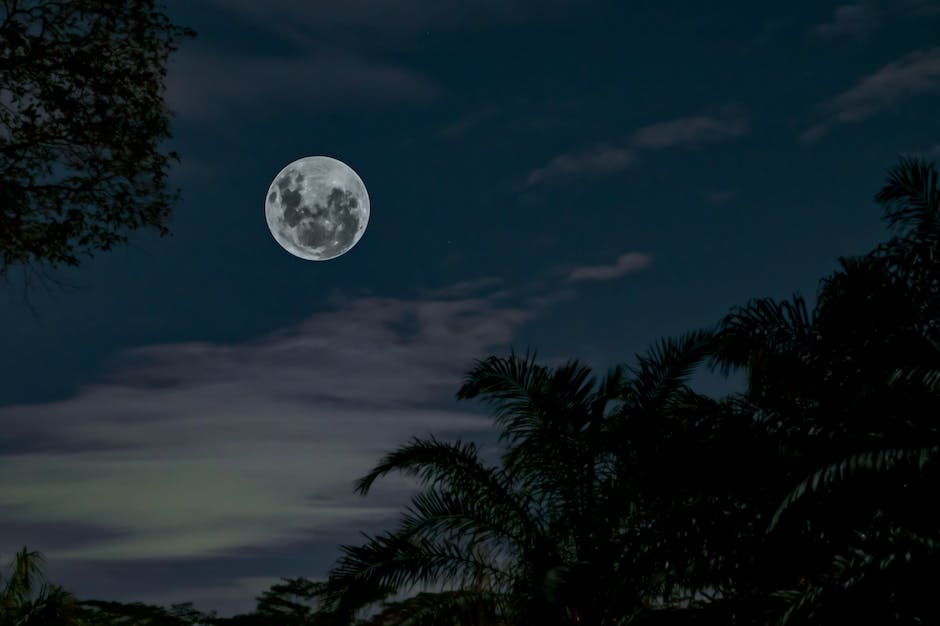
As we steer through the final paragraphs, our journey illuminates the profound association that exists between the waning moon and our planet, transcending numerous aspects, including the physical, cultural, and astronomical realms. The unveiling of the jigsaw puzzle of the moon phases, accentuated by the enchantment of the November 2023 waning phase, propels our quest further into the profound depths of the cosmos. The exploration encompasses not only our scientific understanding but also the intricate symbolism in various cultures, underlining the interconnectedness of humanity as one tribe underneath the same sky. As we journey further, the tools and techniques outlined inspire us to continue our pursuit, as the grand theater of cosmos unfurls its majestic spectacle, accentuated by the waning moon of November 2023.
![]()
